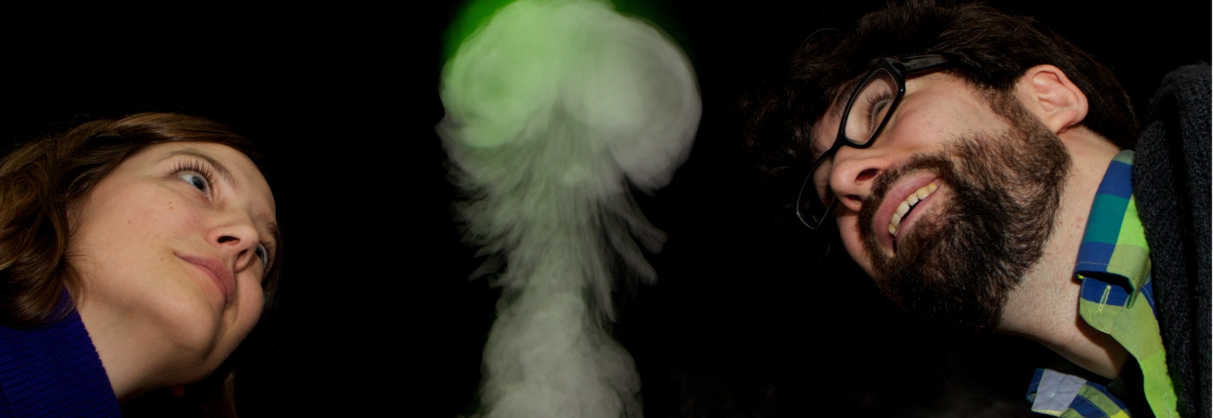The Center for Genomic Gastronomy in Dublin (Ireland) curates an unusual type of BioArt which makes us think about how we see food and technology – through fluorescent sushi, ‘Smog candy’ and radiation-bred sauces.
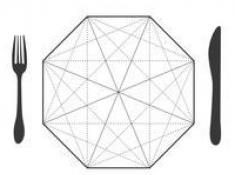 Describing themselves as an ‘artist-led think tank‘, the Center for Genomic Gastronomy (CGG for short) is making witty projects that range from cook-offs and food tasting events to museum exhibitions.
Describing themselves as an ‘artist-led think tank‘, the Center for Genomic Gastronomy (CGG for short) is making witty projects that range from cook-offs and food tasting events to museum exhibitions.
Its founders, Zack Denfeld (US) and Cathrine Kramer (NO), saw the creation of the Center as an alternative to Molecular Gastronomy, a broad trend in which we are seeing cooking as more of a science.
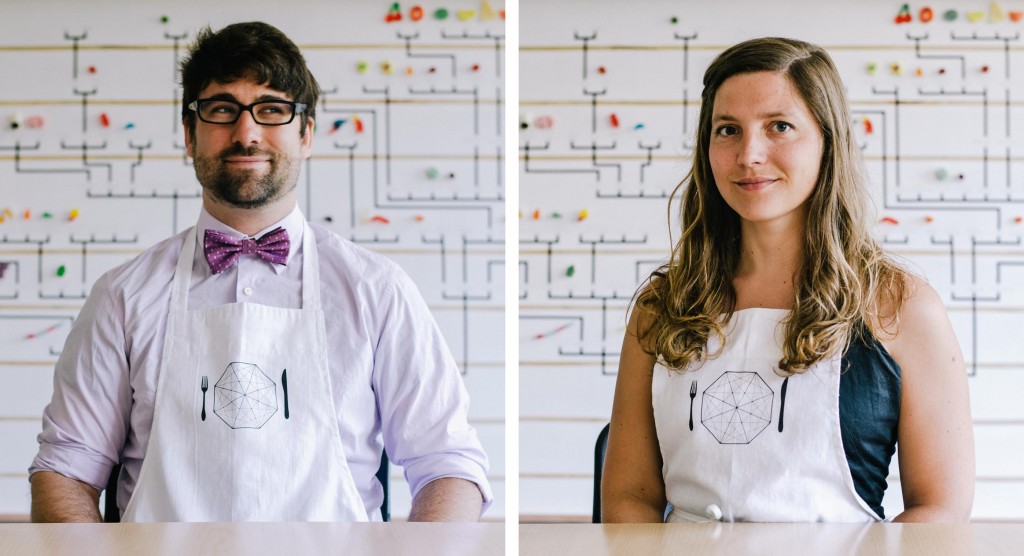
However with the CGG, they wanted to discuss how food biotechnology (like GMOs) interact with our perceptions and culture, whilst at the same time have fun imagining what the future holds for cuisine.
Florescent Zebra Fish for Sushi rolls..
Their first BioArt project, ‘Glowing Sushi’, jumped straight into the GMO debate. Members of the CGG took GloFish, a patented fluorescent Zebra fish that is sold as a pet, to make and eat their own sushi thats glow in the dark.

The Center doesn’t stand on either side of the GMO controversy, but rather wanted to raise questions about innovation (besides the simple awesomeness of glowing sushi).
GloFish were intended to be ‘used’ as pets and not food, but one can never know how people will interpret and us innovation – sometimes they will innovate too.
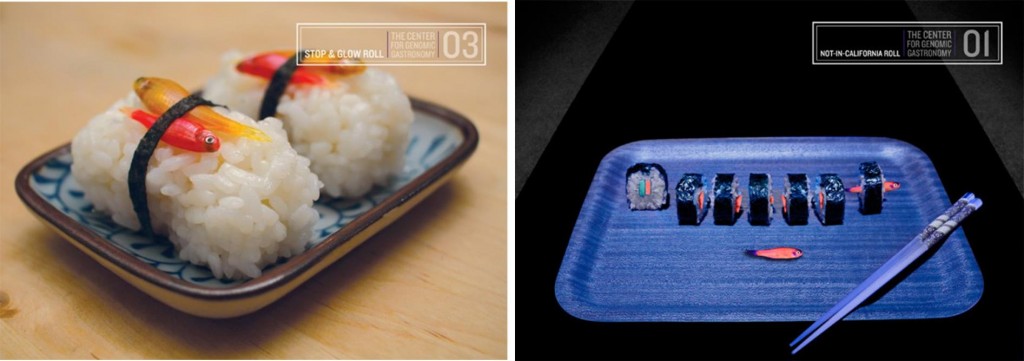
And how about a Radioaction-bred BBQ Sauce?
However, the science-savvy collective is also interested in other forms of food manipulation. ‘Cobalt 60 Sauce‘ is made with foods that were bred with radiation exposure, to create mutated, superior species.
They looked into the database of Mutation-Enhanced Technologies for Agriculture to source ‘radiation-bred’ ingredients (which are already available in US supermarkets). These included: Rio Red Grapefruit, Milns Golden Promise Barley, Todd’s Mitcham Peppermint, Calrose 76 Rice and Soy.
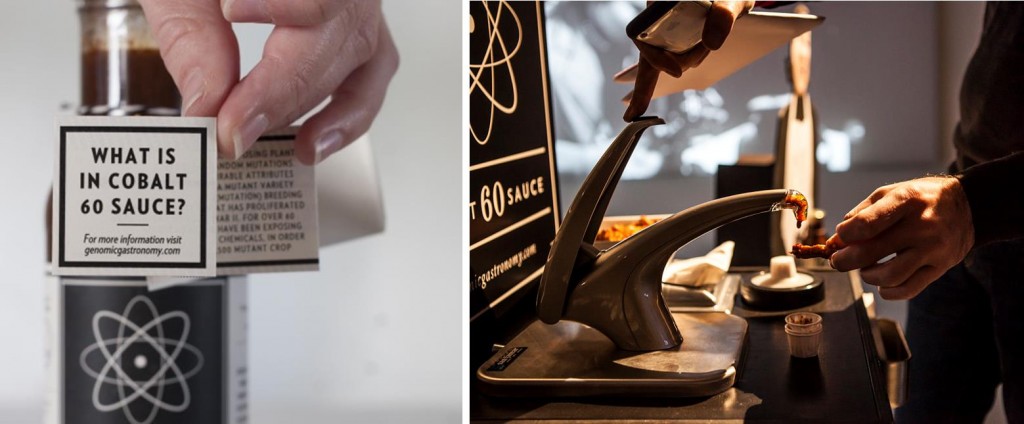
However, the history of modifying food didn’t start with GMOs or radiation breeding (including Gamma Gardens). In fact, one of the key statements of the Center is that in the history of civilization, we have always used biotechnological processes (however crude) to produce food.
I mean, just look at the history of biotech behind brewing alcohol…And then there are micriobiome BioArtists like Tarsh Bates (Australia) who is exploring people’s reactions to bread made with Candida (a common yeast) cultured from the human body.
And have you heard of Algae beer? Or biotech based Vegan Cheese?!
“We have always been Biohackers.”
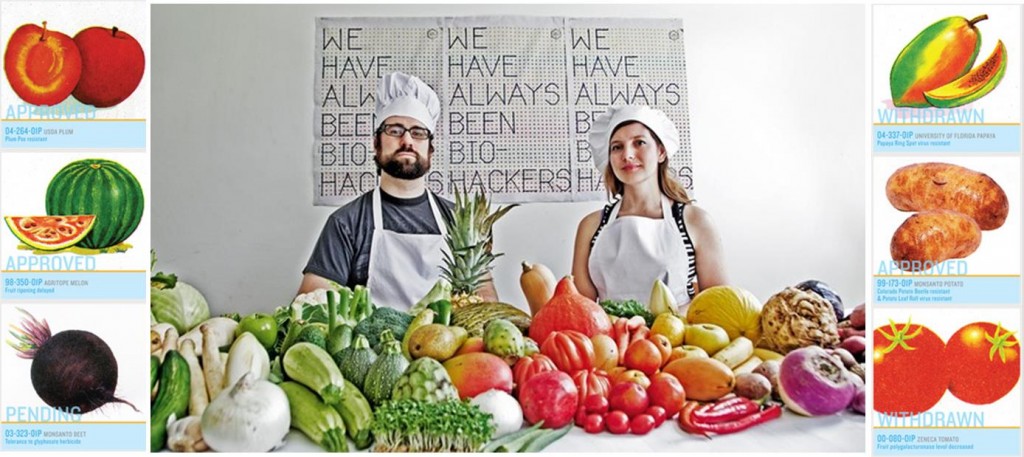
Stop those seeds…
With ‘Seed Boutique‘ (2016), the team wanted to highlight the shift between the 10,000 years of individual (and unregulated) plant breeding to the saving and sharing of seeds (such as seed banking in Svalbard – ‘The Doomsday Vault’).
And then the move to current agricultural (and biotech) practices. Selling of seeds has become a highly consolidated business, with just a few large companies controlling most of the process.
The Seed Boutique exhibition was literally a vending machine, that will return a plastic ball with seeds and their history into our Biohacking past – after you put in a coin.
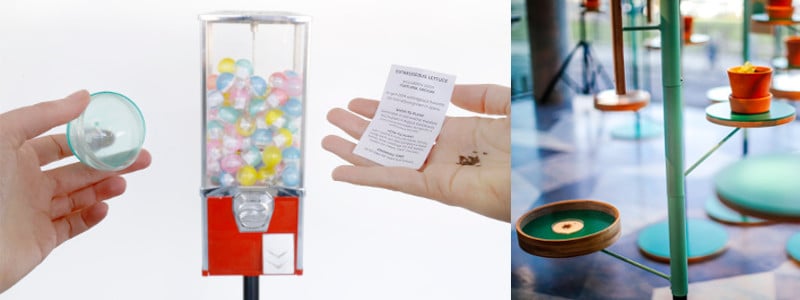
‘Soylent Banquet‘ on the other hand, inverted the logic of the meal replacement concept, by using Soylent (basically a meal in a bottle) to make food into different forms – and serve it in a long (and social!) banquet.
And their last project, ‘Recombinatorial Cuisine‘, used technology for culinary inspiration – like the ‘Spice Mix Super Computer 2.0‘, which blends every spice combination possible on earth.
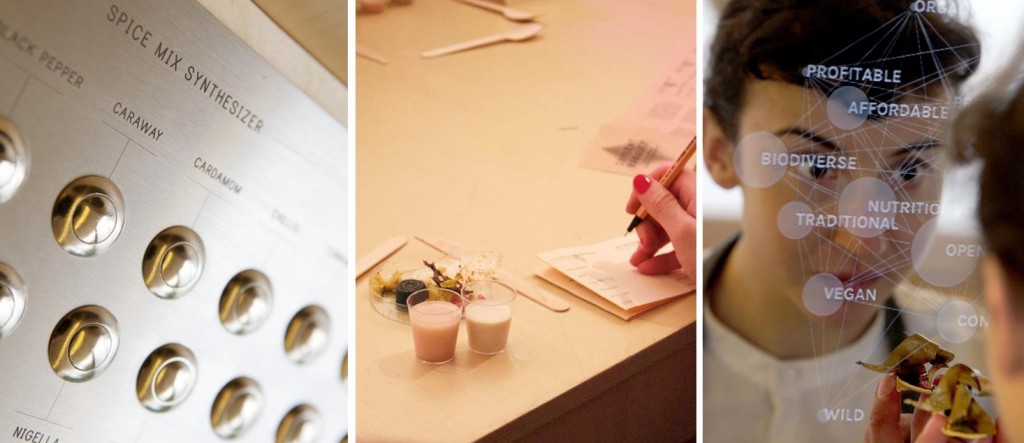
Beyond the hottest controversies in food production, the Center has other projects exploring how food evolves in the modern world – including Climate change. Denfeld and Kramer also run another artist think-tank on this theme, called CoClimate.
In ‘Smog Tasting‘, whipped eggs were used to capture air and pollutant samples (due to the porous texture). This helped demonstrate the change in colour, microscopic texture (and, of course taste) from eggs whipped in different locations, some more urban than others.
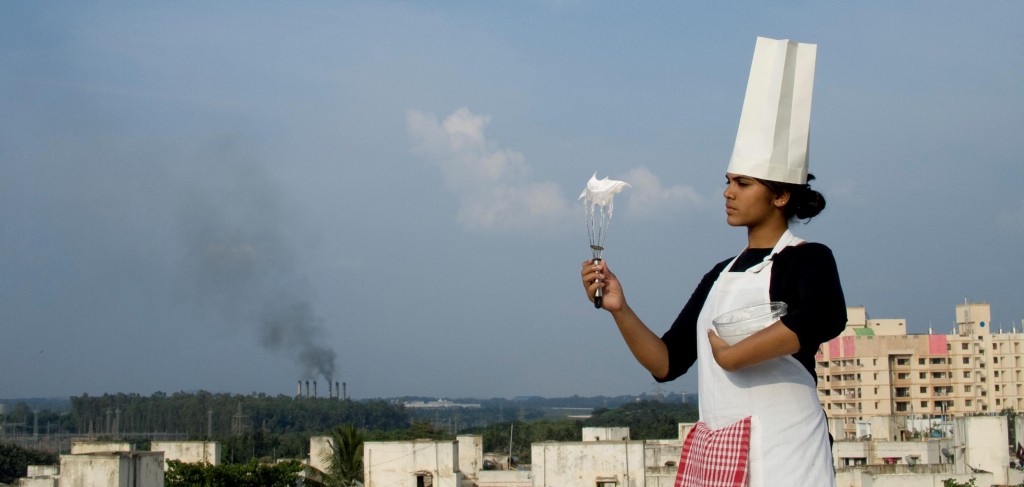
The Center counts many collaborators for these projects such as: Emma Conley, an American artists based in Dublin (Ireland), Heather Julius, a writer and experimental chef from the US, and Gabriel Harp, a Design researcher based in Michigan (US).
Other institutions are also in on the game, such as the Dublin Science Gallery and the Srishti Institute of Art Design and Technology in Bangalore (India).
So the Center for Genomic Gastronomy takes a rather well-researched, imaginative (and funny!) look on the past and future of food. What other food-based controversies do you think could be explored?
This talk is a five-ingredient ‘food-for-thought’ meal which maps some Food Controversies…




